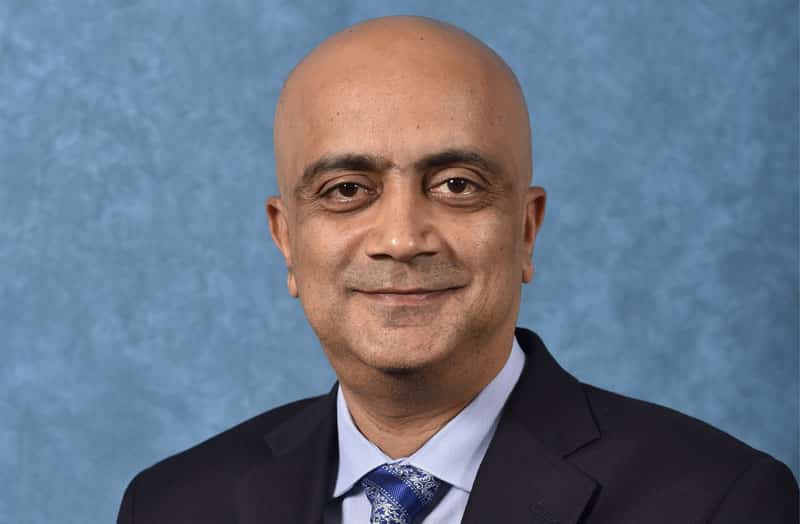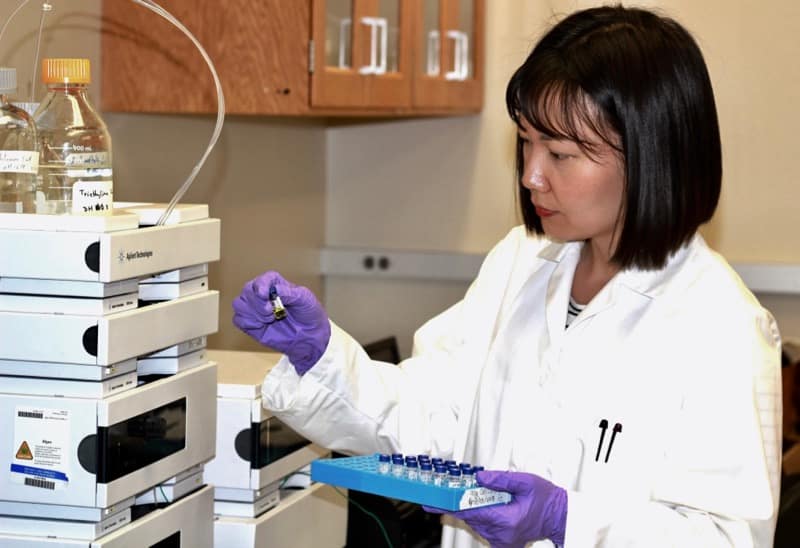Dr. Acharya’s first term as president of DRI has been marked by notable achievements and leadership, particularly in navigating challenges such as the COVID-19 pandemic and financial constraints. His strategic priorities focusing on optimizing performance, elevating awareness, and cultivating engagement have helped drive the institution forward.
NSHE Board of Regents Appoint Interim President of DRI
Dr. Kumud Acharya, an ecological engineer and long-time Desert Research Institute faculty member, was given a two-year contract. Media Contact: Francis McCabe, (702) 290-8971, fmccabe@nshe.nevada.edu CARSON CITY – Dr. Kumud Acharya, an ecological engineer whose...
DRI President Kristen Averyt Resigns, Dr. Kumud Acharya Named Officer in Charge
LAS VEGAS – Desert Research Institute (DRI) President Dr. Kristen Averyt on Monday announced her resignation for personal reasons effective June 30, 2019. Dr. Kumud Acharya, an ecological engineer currently serving as DRI’s Interim Vice President for Research, has...
DRI researchers successfully remove harmful hormones from Las Vegas wastewater using green algae
Xuelian Bai, Ph.D., Assistant Research Professor of Environmental Sciences, works with an algae sample in the Environmental Engineering Laboratory at the Desert Research Institute in Las Vegas. Credit: Sachiko Sueki. LAS VEGAS, Nev. (April 8, 2019) – A common...


